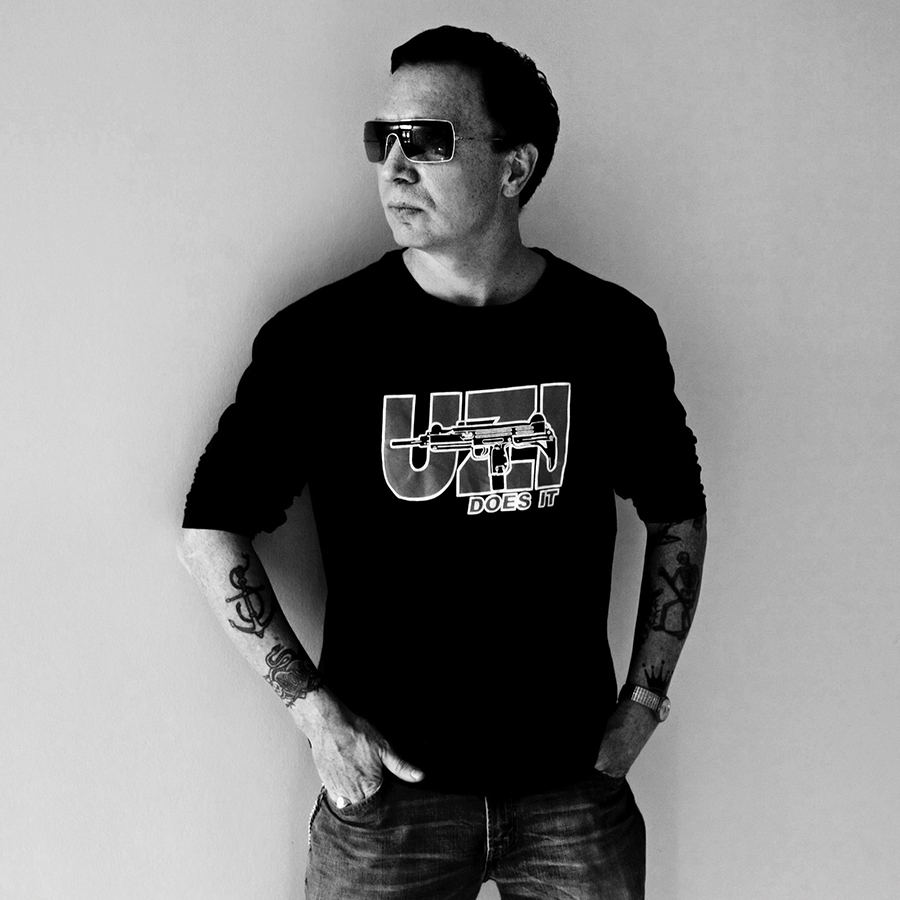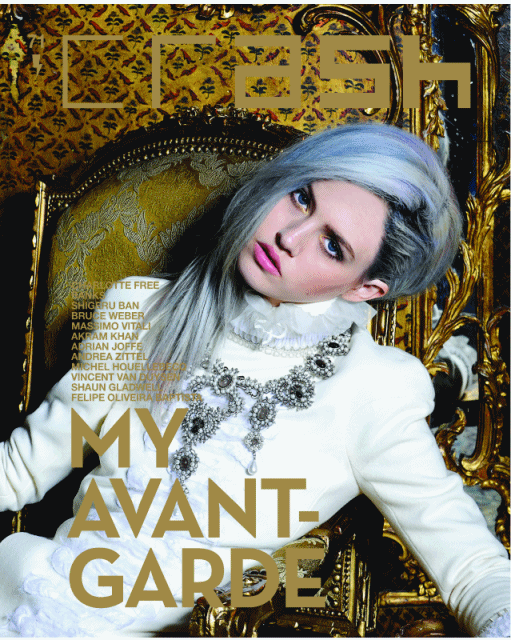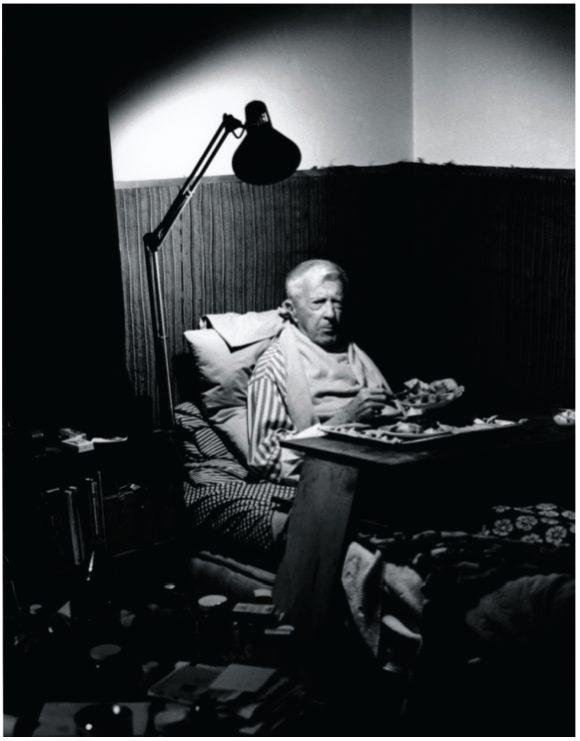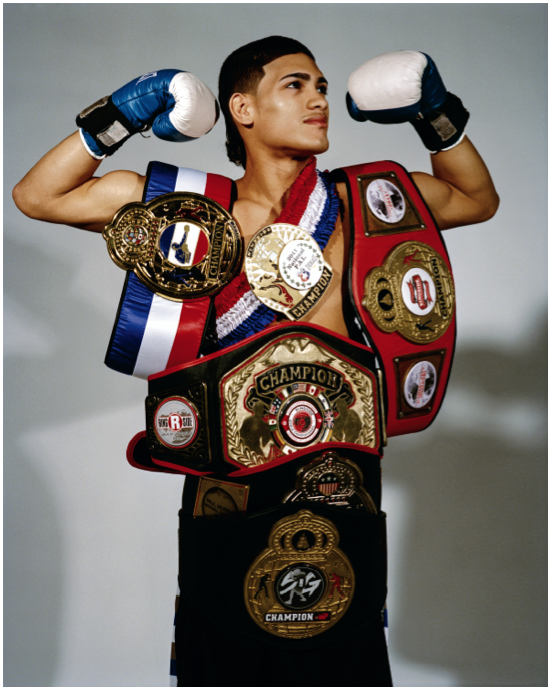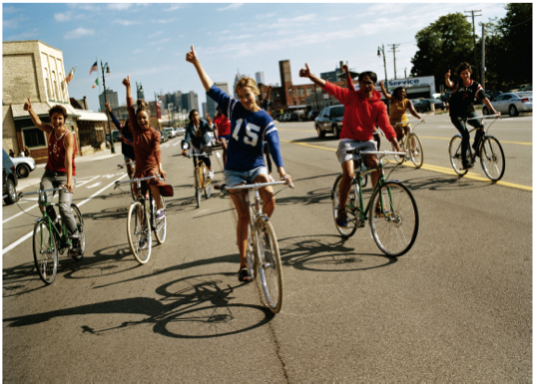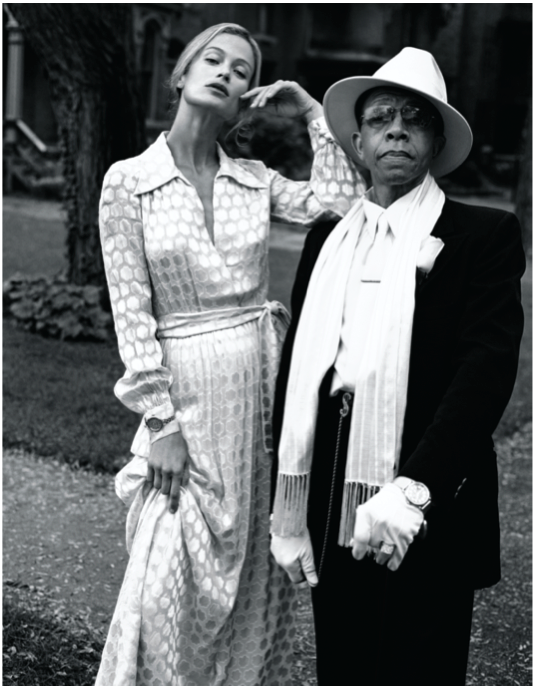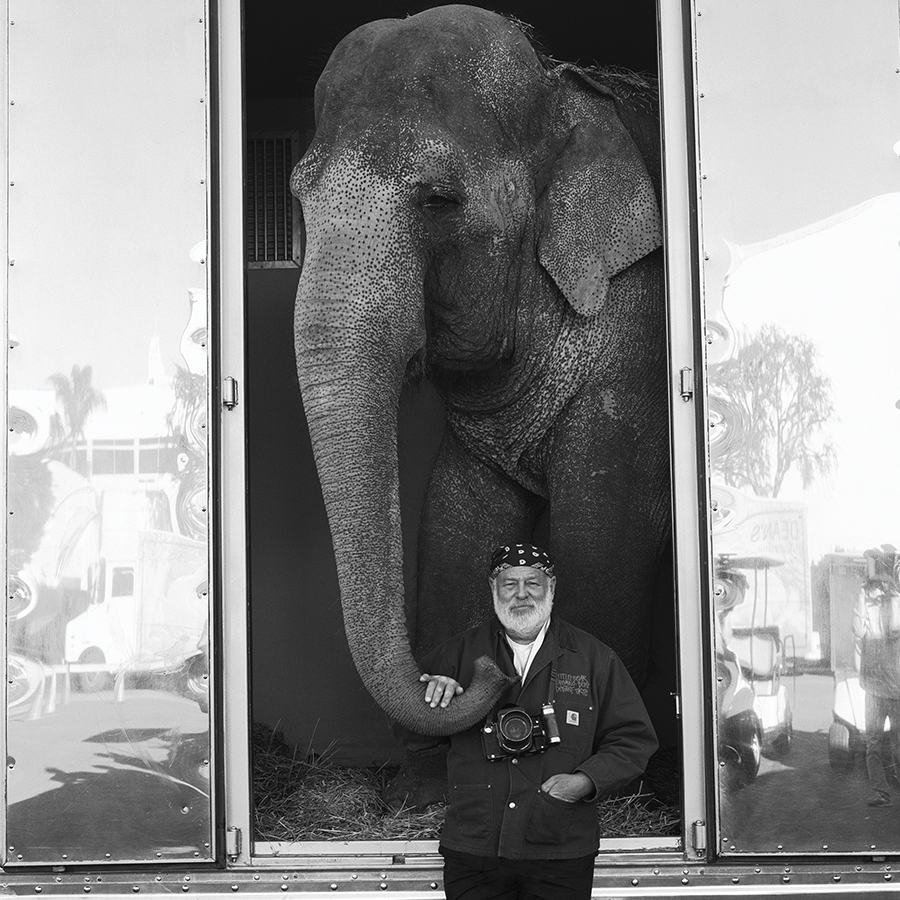
BRUCE WEBER ON STORIES
By Crash redaction
BRUCE WEBER INTERVIEW ON STORIES: A GIANT AMONG GIANTS, BRUCE WEBER IS A PHOTOGRAPHER UNLIKE ANY OTHER, WHOSE WORK RANGES FROM FASHION TO PORTRAITS, STILL LIFE, LANDSCAPE AND OTHER INTENSELY PERSONAL SUBJECTS. GLIDING WITH EASE FROM LEONARDO DICAPRIO TO A YOUNG BOY SCOUT TO AN ELEGANT CENTENARIAN FROM VERMONT, BRUCE WEBER CUTS HIS OWN PATH GUIDED ONLY BY HIS STYLE AND DESIRES. ALSO A FILMMAKER, HE DIRECTED ONE OF THE MOST POWERFUL MUSIC DOCUMENTARIES IN CINEMA HISTORY: “LET’S GET LOST”, DEDICATED TO THE LEGENDARY CHET BAKER. DURING A BREAK BETWEEN TWO PHOTO SESSIONS IN PARIS, HE MET US OVER BREAKFAST AT HOTEL LE MEURICE.
Interview by Yan Céh
Can you tell us a bit about your photography process in fashion and with other subjects?
I’m convinced that fashion always comes from something else, somewhere else… I’m lucky enough to meet a lot of people every day. In the street, at parties, in stores… I was just in Detroit working on a great project with Shinola and I met so many interesting and passionate people right there on the street in the city of Marshall Mathers, aka Eminem. Actually it was funny to see Eminem in such a low-key environment, with a gaggle of children around him, so different from the media’s typical image of him. And I also met a bunch of soul singers, all of whom I photographed in Detroit. Music has always played an important role in both my life and my work. My sister Barbara worked in the music industry, notably with David Bowie and so many other incredible musicians. Then there was the exhibition at the Detroit Institute of Arts. It’s always an emotional experience to see all the people you just met come see their photos and portraits. I remember seeing a young boxer, who had such a muscular and impressive physique, and who had brought his mother along to see his portrait. Moments like these are powerful. It’s always a bit awkward at first when you approach people in the street. People get suspicious, sometimes a bit nervous, and they ask: “Why do you want to talk to me? What’s this about?” It can be so difficult just to tell someone, “You’re beautiful!” Some people get scared and panic.
Is that a daily occurrence for you?
The other day I was at a restaurant here in Paris and I met a young waiter of Algerian descent. I started talking to the head waiter about him and he said, “You’re right, he has a handsome face…” I have a romantic way of looking at things and at life. Not everyone understands it and sometimes that leads to problems. For example, when I spoke to the waiter, he was shocked and a little uncomfortable. He thought it was a little weird. He eventually agreed when I asked if he wanted to meet and talk about photography, but he asked if he could bring his wife. That surprised me so I asked how old he was, and he said he was twenty-four. When we met again he brought his wife and dog, which was a Chihuahua. We were at a Chinese restaurant with an unusually low ceiling, and he was pretty tall, so I was worried he would hit his head. A female friend of mine said to me: “I can’t even look at him, he’s too good-looking!” He told me he was going to law school but he had to stop because he ran out of money. That’s why he was working as a waiter. We spent nearly four hours in that Chinese restaurant, and the time went fast. It was such a great atmosphere, it felt like we were on a TV show! I took a few photos and it was a great time! The guy’s name was Abdul and he was perfect. Moments like those are special. That’s when you can really learn a lot about a person. The whole experience reminded me of when the writer Paul Bowles and his wife Jane traveled to Morocco and met Mohammed ben Chaid el Hajjem, aka Mohammed Mrabet, a storyteller living in the Rif Mountains. Paul Bowles listened to Mohammed Mrabet and transcribed his stories for publication (“Love With a Few Hairs”, “M’Hashish”).
You are also involved with the North American Indians, or Native Americans…
Yes, and that grew out of meeting someone, too. In this case it was a young girl, Jackie Old Coyote, from the Crow Nation. That was in 1987 and she had just turned nineteen. I knew about the Indians and their history from books I read through the Boy Scouts of America. After we met, I mentioned her in passing to Calvin Klein while we were working on his ad campaigns. Later I brought Jackie to Miami, after several lengthy discussions between her and her brothers. In Miami I was supposed to photograph about forty models for the campaign, including all the top models of the time like Christy Turlington. Jackie was magnificent and two of her shots were picked for a campaign of only five photos in all. She went back to Montana after the shoot for school. Eventually some producers got in contact with her and she did a few movies in Hollywood. We stayed in touch, and I have a deep admiration for the philosophy of the North American Indians. It’s very strong, their traditions, their way of looking at life. When I was asked to do ads for Moncler, I wanted there to be a strong connection with nature. So I talked with Jackie and she put me in touch with some people who helped us put together a campaign that benefited the American Indian College Fund. I think it’s important for all of us, each on our own level, to try to contribute and draw attention to the issues around us. That’s also the reason I worked with Shinola in Detroit. That brand’s founder has a genuine desire to help small businesses and the entire community.
You are also interested in books and have edited a few, including the All-American series which has been around for several years…
Yes, we have edited All-American for almost thirteen years now. It’s a celebration of life and talent, whether it’s the artists, photographers, poets or athletes that we all admire. In the latest volume, our fourteenth, called “Affairs of the Heart”, the photographer and director Poppy de Villeneuve returns to Harbor Springs, Michigan to rediscover places from her childhood and explore her memories from that period. A few pages on Lisa Eisner and John Scott visit the Thacher School in Ojai, California to discover the unique equestrian program offered there. As I said, I think it’s important to give and share everything we see, everything we’re lucky enough to have. I get the sense that people today are trying to find ways to give and to share. They are trying to find things that will take them on a voyage and lead them off the beaten paths. They are hoping, and we are all hoping with them, for something magical to happen.
Interview from Crash #71






